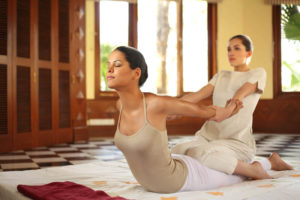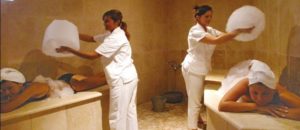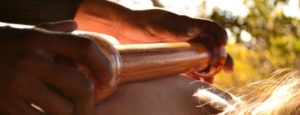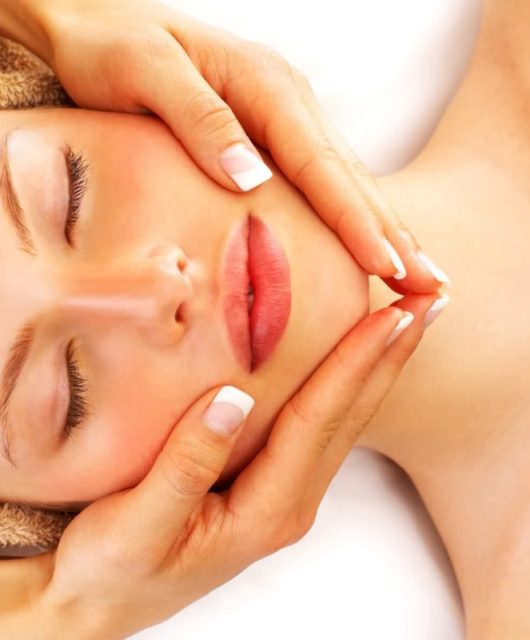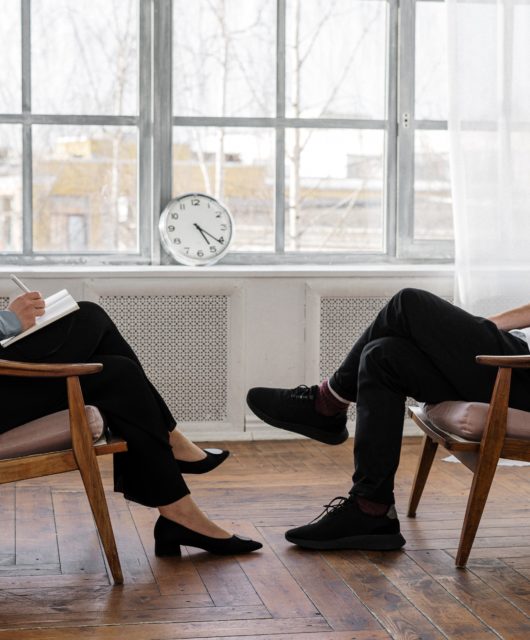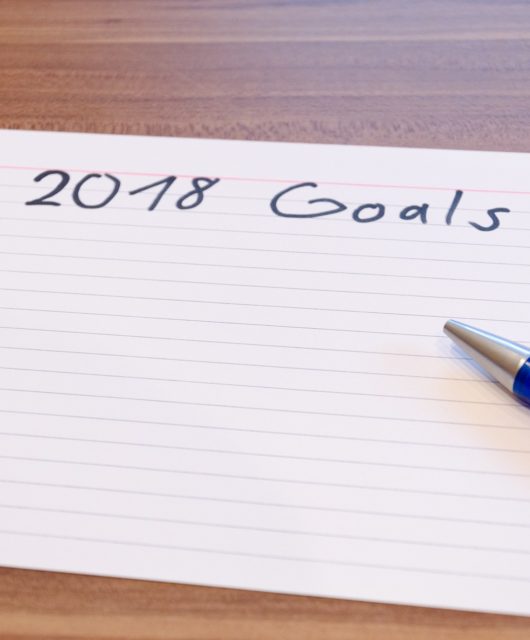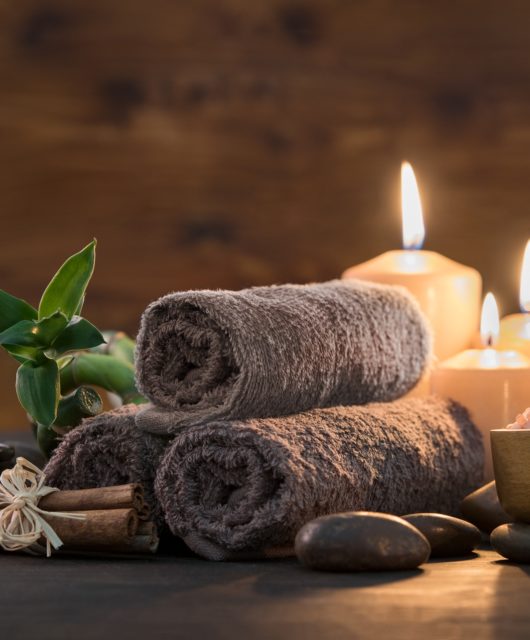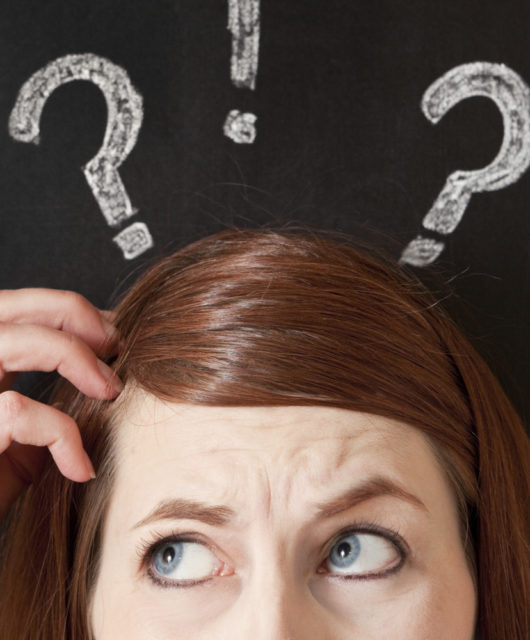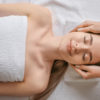Touch is one of the essential things that make us human. It keeps us healthy, and ensures we feel loved. It’s no wonder then that massage, which is centred on touch, has thousands of years of history and is found in cultures across the world. If you love massage and are planning a trip across the globe, make sure you check out these great massages.
Shiatsu Massage (Japan)
Japan is one of the most popular tourist destinations on Earth with plenty of reasons to visit, one of them being Shiatsu. However Shiatsu massage is not as old as you might think. Developed in the early parts of the 20th century, but drawing upon aspects of traditional Chinese massage, Shiatsu means finger pressure and involves just that – applying pressure to the body with fingers. By only applying pressure as a form of massage, other massage techniques like rubbing and kneading are omitted. The benefits of this popular and loved practice include greater relaxation, ability to restore energy and relief from stress, pain and headache relief, and mood boosting. While popular abroad, there is nothing like getting a genuine shiatsu massage from a therapist in Japan.
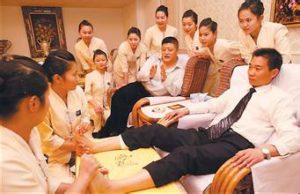 Chinese Traditional Massage (China)
Chinese Traditional Massage (China)
Unlike Shiatsu which is relatively new, Chinese massage has a long history. As one part of traditional Chinese medicine that goes back more than 4000 years, Chinese massage focuses on balancing our qi. Qi means energy and in traditional Chinese medicine, unbalanced qi causes our bodies many problems. A Chinese masseuse, or healer, will manipulate our body’s meridian system to unblock energy or (if it flows too freely) dam it up in an effort to re-balance our bodies. Chinese massage actually has two traditions – tui na and zhi ya. The former is what most Westerners are familiar with if they have had a Chinese massage and involves kneading, pushing, and stretching muscles. Zhi ya on the other hand involves pinching and pressing. Chinese massage has a number of benefits including improved health, faster recovery time, better sleep, renewed energy, improved organ function, and pain relief among much more. If you do get one while visiting China, it’s best to bring a translator as most healers don’t speak English!
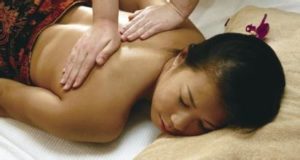 Lomilomi Massage (Hawaii)
Lomilomi Massage (Hawaii)
Much like how a Chinese massage is part of a grander health system, a lomilomi massage from Hawaii is stepped in the tradition of Kuna. To understand a Hawaiian massage, one needs a quick overview of Kuna. Kuna is complex school of beliefs, thoughts, and actions in order to achieve harmony within the body and in our daily lives. Like how massage is one small part of traditional Chinese medicine, lomilomi massage is one part of the Kuna system. As a massage, lomilomi uses free flowing strokes with or without moisturizer (often essential oils) to relieve tension and stress, improve blood circulation, state of mind, relaxation, and immunity. On paper lomilomi massage might sound like any other massage, however those that get treated with a Hawaiian massage are asked to change parts of their lifestyle such as their diet or to introduce meditation and pray, making lomilomi massage a health system that needs more than just touch. If you’re in Hawaii and after a lomilomi massage, beware that a lot of traditionally taught therapists are hesitant about working in spa resorts, instead many prefer to work on a client-to-client basis in a private setting.
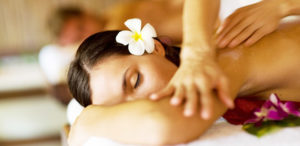
Swedish Massage/Classic Massage (All Over The World)
If you can’t travel, you can still enjoy massage with everyone’s favorite – a Swedish massage. But the massage you know and love still has a few surprises you might not know. Take for instant that it was actually developed by a Dutchman, and not, as the same suggests, by a Swede. In fact, in most countries except English and Dutch speaking ones, it’s not even called a Swedish massage; instead it’s known as a classic massage. As the base for others types of Western massage like deep tissue massage and sports massage, Swedish massage involves breaking up adhesions and muscle knots with firm strokes. You can find a licensed professional just about anywhere for an afternoon of relaxation and recovery – that certainly will tide you over before the next trip abroad.

Thai Massage (Thailand)
While you might expect a massage therapist to rub oil over your skin, a Thai massage (also known as a Thai yoga massage) is characterized by a lack of essential oil. But that’s probably a good thing as a Thai massage requires you to remain clothed. Despite the clothes and lack of oil, a Thai massage is still very effective. Thai massage works by focusing on your Sen lines. A lot like Qi in Traditional Chinese Medicine, a massage will unblock Sen lines that are clogged up and causing you health problems. A therapist who specializes in Thai massage will use his or her thumbs, palms, elbows, or forearms across all 16 major Sen lines to clear them. Of course you don’t need to worry about that when having a Thai massage, all you need to know is that they can be found all over Thailand and that they are cheap. Try one out next time you go on a tropical South East Asian holiday.
Ayurveda (India)
Like massages that are parts of health systems with roots from hundreds or even thousands of years in the past, this ancient form of massage therapy from India is based on Ayuverda. So like the Sen of Thai massage, or Qi in Chinese massage, an Ayurvedic massage will involve allowing Prana to flow through the bodies chakra zones. Whereas Thai massage is marked by a lack of oil, Ayurveda uses oil. A lot of oil. In fact many of the benefits of Ayurveda actually stem from the type of herb-based oil used, with many oils having different effects. Thankfully each oil is also anti-carcinogenic and contain antioxidant properties so they are particularly helpful for your body. Ayurveda as a whole is actually an incredibly complex and intricate health system that goes far beyond this blog. Be sure to get one if you explore the amazing Indian subcontinent, otherwise large enclaves of Indian immigrants will have practitioners able to assist you.
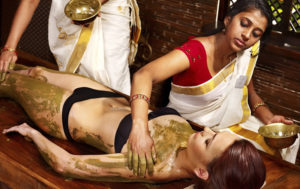 Hammam/Turkish Bath (Turkey)
Hammam/Turkish Bath (Turkey)
Hammam from Turkey is a unique massage in that it combines spa and massage. Unlike how other massages didn’t originate as a spa treatment but are now are offered as part of a spa package, hammam IS spa and massage. If you’re lucky enough to travel to Turkey, or can find an authentic hammam at home, you are in for a treat. The spa of hammam involves a session of exfoliation, sauna rooms, and nudity, all in a gorgeously tiled room. After the spa comes the massage with a therapist working their hands across your body to target all muscles, tendons, and ligaments. Together hammam promotes anti-aging, relaxation, physical and emotional detox, boosted immune system, and improved skin quality.
African Rungu Massage (Africa)
If you’re a massage lover this one might still come as a surprise considering where this massage comes from – all the way from Africa. A Rungu is a weapon used in certain tribes either as a baton or throwing club; however the same stick can be used in massage. Roughly 20 inches long with a heavy knob on the end, the Rungu works by applying deep pressure to cramped or tense muscles. As a massage that uses an instrument instead of bare hands, the Rungu assists in lymph drainage and helps to release endorphins. As the most exotic massage on the list, you’ll need to travel to Kenya, Tanzania, or other parts of Africa. Apparently a few Rungu practitioners work in major cities but it’s not nearly as common as other massage practices.
